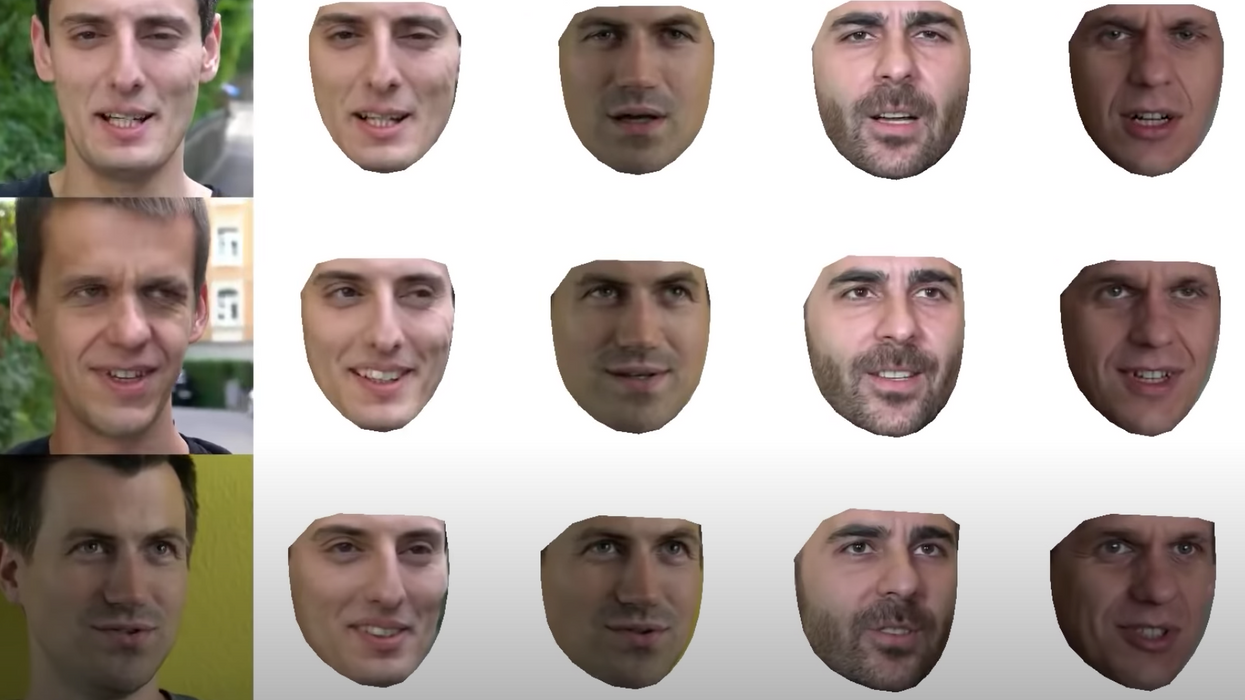How Will Disney's Face-Swapping Change Hollywood?
Disney has always been on the cutting edge and now they aim to change the way we shoot...

Have you ever wished you could book a famous actor to be in your short film? Have you ever had to pay to reshoot a scene because a stunt double's face gives away the ruse? Even still, what if your actor came back after growing a mustache and you needed to remove it from them for a reshoot?
These are challenges faced by studios and productions of every size.
Sometimes it feels like it would be easier just to put the face you want on the body you want and go from there.
And that's exactly what Disney aims to do.
From Disney, "We propose an algorithm for fully automatic neural face swapping in images and videos. To the best of our knowledge, this is the first method capable of rendering photo-realistic and temporally coherent results at megapixel resolution. To this end, we introduce a progressively trained multi-way comb network and a light- and contrast-preserving blending method. We also show that while progressive training enables generation of high-resolution images, extending the architecture and training data beyond two people allows us to achieve higher fidelity in generated expressions. When compositing the generated expression onto the target face, we show how to adapt the blending strategy to preserve contrast and low-frequency lighting. Finally, we incorporate a refinement strategy into the face landmark stabilization algorithm to achieve temporal stability, which is crucial for working with high-resolution videos. We conduct an extensive ablation study to show the influence of our design choices on the quality of the swap and compare our work with popular state-of-the-art methods."
How Will Disney's Face-Swapping Change Hollywood?
With Disney's new algorithm, you're in control.
What sets it apart from other programs is that they are actually modifying the source to make it easier for alternate faces to be swapped in. This can be shakey, so they use motion in the source footage stabilized and smoothed to eliminate potential quivering.
The main plus is that they generate the in-between frames needed to create smooth results.
It looks spectacular.
So why is this cool?
As more and more research comes in, we can basically create characters and use actors from across time to put in any scene. Aside from that, we can save VFX artists time on replacing faces, smoothing wrinkles for aging, or replacing stunt doubles.
This will help cut budgets and also allow actors to sell their likeness to movies they can be in with almost no effort.
Sure, the danger comes with deepfakes.
As we blur the line between authenticity and fakery, you wonder what rival government and political parties will do, but for now, this seems like it can save Hollywood a ton of time.
How do you think this tech will move the industry forward?












